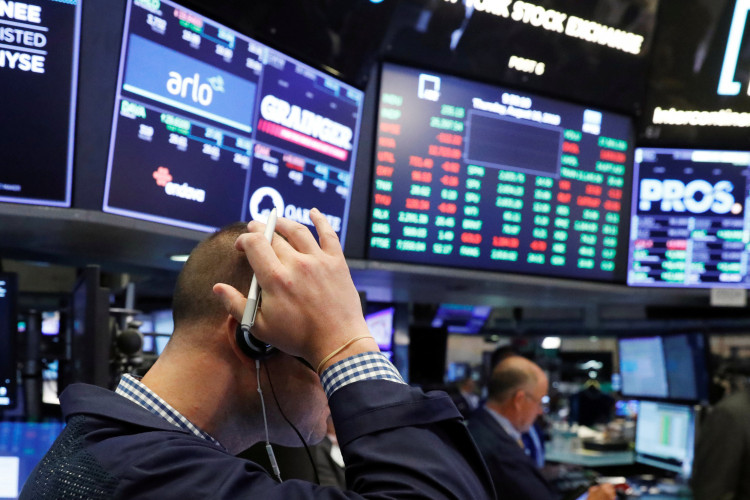The Australian Dollar (AUD) has recently suffered a serious blow, posting its sixth consecutive fall against the United States dollar. Recent figures reveal that the Aussie dollar posted a 3 percent decline. Additionally, it is trading at its lowest value since January 2017.
Prior to the decline, the AUD hovers above 72 U.S. cents. However, the recent surge in Asian trading, as well as the looming trade war between China and the U.S., has sent the AUD scampering down. In an interview with Business Insider, Westpac senior currency strategist Sean Callow said that the AUD's weakness can be traced back to softer commodity prices.
Callow said that while the U.S. dollar has a major effect on the AUD, the renewed pressure on commodities played the bigger role on the decline.
Other market analysts said that the decline of the AUD can be attributed to the negative trade sentiments in Asia. On one hand, U.S. and China are currently tied to a bitter trade war. On the other hand, trade tensions between U.S. and Turkey are also escalating.
The U.S. dollar has recently seen a positive surge on its part. Back in Asia, the Shanghai Composite Index continues to post unremarkable trade numbers. Stocks in Japan and Hong Kong are also failing to get a boost from the positive output of the in the U.S.
Despite this rather inconspicuous performance during the first half of the month, some market analysts have reported that the AUD is starting to get its bearing lately. As of this writing, the AUD is buying 73.16 U.S. cents. That is a major improvement compared to Friday's trade when AUD is buying 72.71 U.S. cents.
Australian shares are also expected to open way higher this week. This is due to the surge Friday which helps the AUD's week to close strongly. The AUD has finally bounced back despite the backdrop of trade tensions between U.S. and China.
In terms of futures trading, the SPI200 futures contract saw a gain of 28 points which put it at 6,327 points in latest trading. This represents a 0.44 percent uptick.
The Dow Jones Industrial Average on Wall Street saw a gain of 110 points which put it at 25,669 points. This represents a 0.43 percent uptick. The S&P500, on the other hand, gained 9.44 points or 0.33 percent and closed at 2.850 points.





